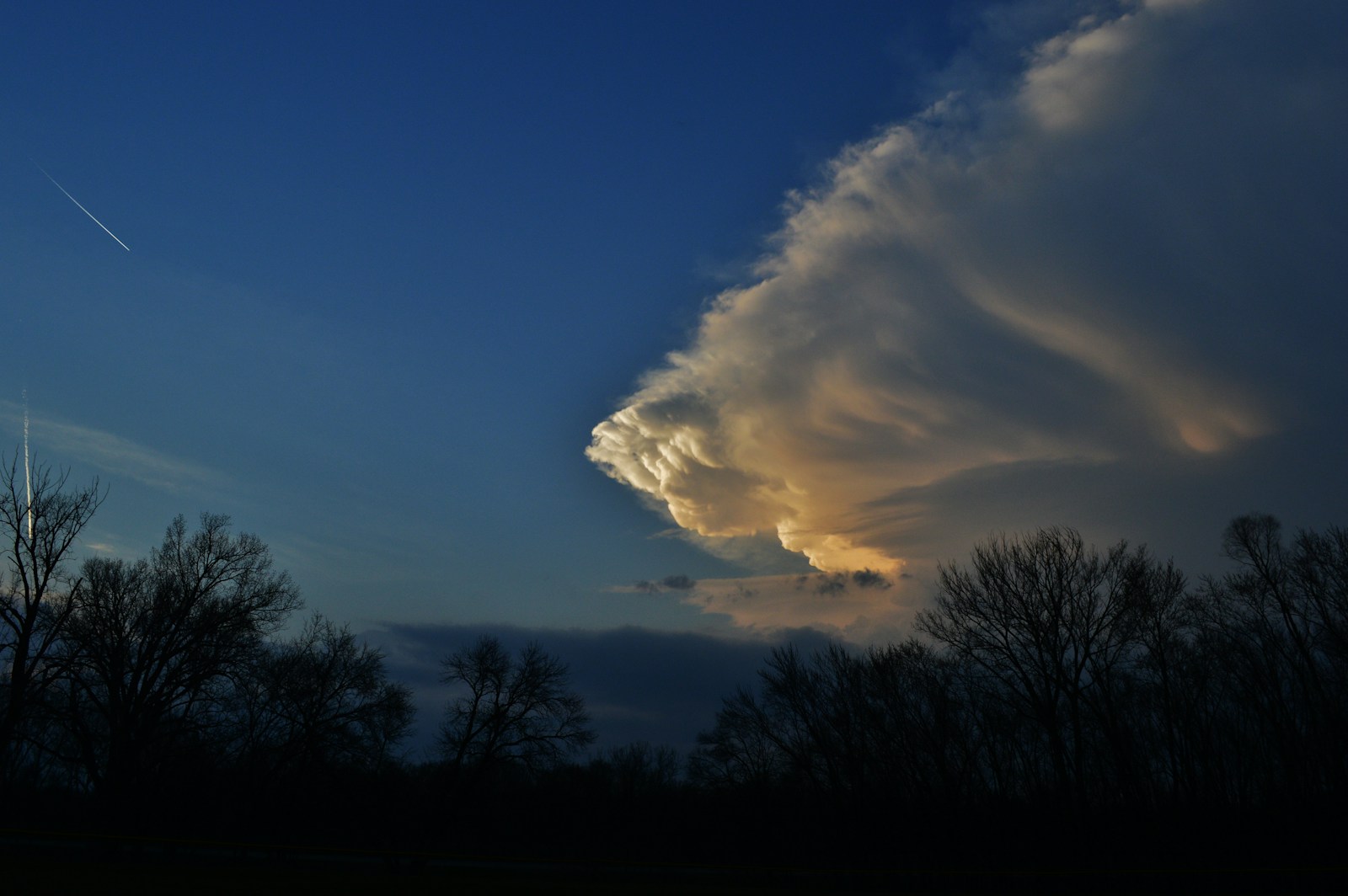Key Takeaways:
– The Arctic ecosystem is undergoing drastic changes due to climate change.
– The area that once helped reduce global carbon emissions is now contributing to them.
– Warmer weather and wildfires are causing permafrost thawing, releasing carbon dioxide stored in the soil.
– Oriented carbon dioxide coming from Arctic tundra’s permafrost causing a net rise in greenhouse gas emissions.
Seismic Shifts in Arctic’s Carbon Footprint
The once-frozen Arctic is witnessing a significant transformation. Rapid climate change changes are reshaping the region’s ecosystem, and the recent shift in the area’s carbon footprint is of particular concern. Where the Arctic once helped reduce global carbon emissions, it’s now contributing to them.
This shift, experts warn, could affect human, plant, and animal life beyond the world’s northernmost region. The changes are highlighted in the 2024 Arctic Report Card by the National Oceanic and Atmospheric Administration (NOAA).
Arctic System’s Climate Response: Alarming Changes
The NOAA’s annual report sheds light on the alarming changes in the polar environment, chiefly driven by human-initiated climate change. The primary focus this year has been the warmer weather’s impact on the Arctic tundra and wildfires. This region, known for its bone-chilling winds, scarce precipitation, and a layer of perpetually frozen soil (or permafrost), was once a vital carbon sink.
Carbon sink characteristics — traditionally associated with the Arctic — helped the region absorb more carbon than it released into the atmosphere. However, warmer air temperatures have accelerated permafrost thawing across the Arctic, causing the soil to warm up. As a result, the carbon-rich soil decomposes, increasing the Arctic’s carbon dioxide emissions.
Wildfires: The New Reality in the Arctic
Intensified wildfire activity in the region is also altering the carbon balance. With wild infernos raging at record-breaking rates, the Arctic tundra is shifting from a carbon store to a carbon contributor. Researchers assert that 2024 witnessed the second-highest annual volume of wildfire emissions ever recorded north of the Arctic Circle.
Moreover, as the permafrost thaws, even more carbon dioxide and methane are released. Consequently, the Arctic is now a carbon emitter and not a carbon sink. This condition exacerbates as permafrost thawing releases carbon dioxide held underground for thousands of years.
Greenhouse Gas Emissions: A Major Threat
Studies associate the carbon imbalance in the Arctic with the summarized carbon being released from the tundra’s permafrost. What’s even more alarming is that some sections of the region are releasing carbon at rates that exceed the carbon sink, resulting in a net increase in greenhouse gas emissions.
This trend is worrying for climate scientists. The global pollutant emissions from fossil fuel production have reached an all-time high, and the same fossil fuels are contributing to the Arctic emissions, warns NOAA’s administrator, Rich Spinrad.
Conclusion: A Wake-Up Call
The changing face of the Arctic is a wake-up call for the world. It’s evident that the region, fried in a warming climate and pummeled by wildfires, is now emitting more carbon than it can store. This transition is fueling the planet’s climate crisis, and immediate action is required to mitigate the associated risks.
As the Arctic continues to warm, its net emissions could rise further, particularly in places where climate change effects are more pronounced. As in Spinrad’s words, these developments underscore the urgent need to curb fossil fuel pollution — a tough call, but necessary for the Earth’s climate’s fight for survival.

